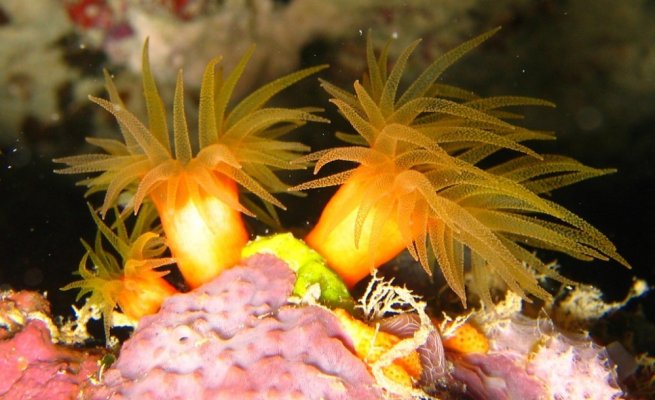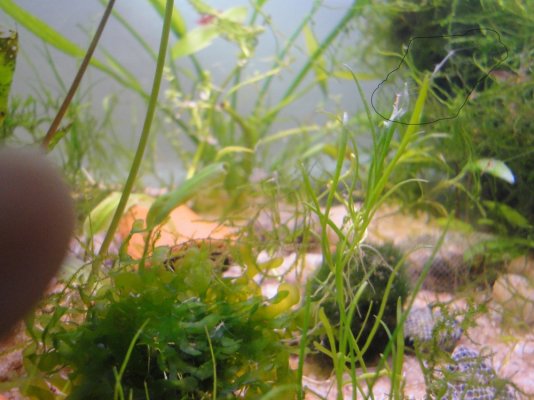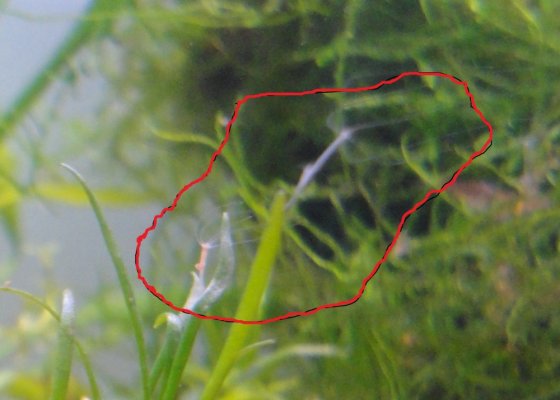I recently noticed some small amobea like growth in my tanks. They look like little microscopic , very pale sun corals.
I have no idea of what they are , if they are bad or even how they got in my tank. I suspect they may have come off of a plant that I purchased by mail order but I am not sure.
If any one knows what it is please help!
I am including lots of photos.
I have no idea of what they are , if they are bad or even how they got in my tank. I suspect they may have come off of a plant that I purchased by mail order but I am not sure.
If any one knows what it is please help!
I am including lots of photos.

Attachments
Last edited:



